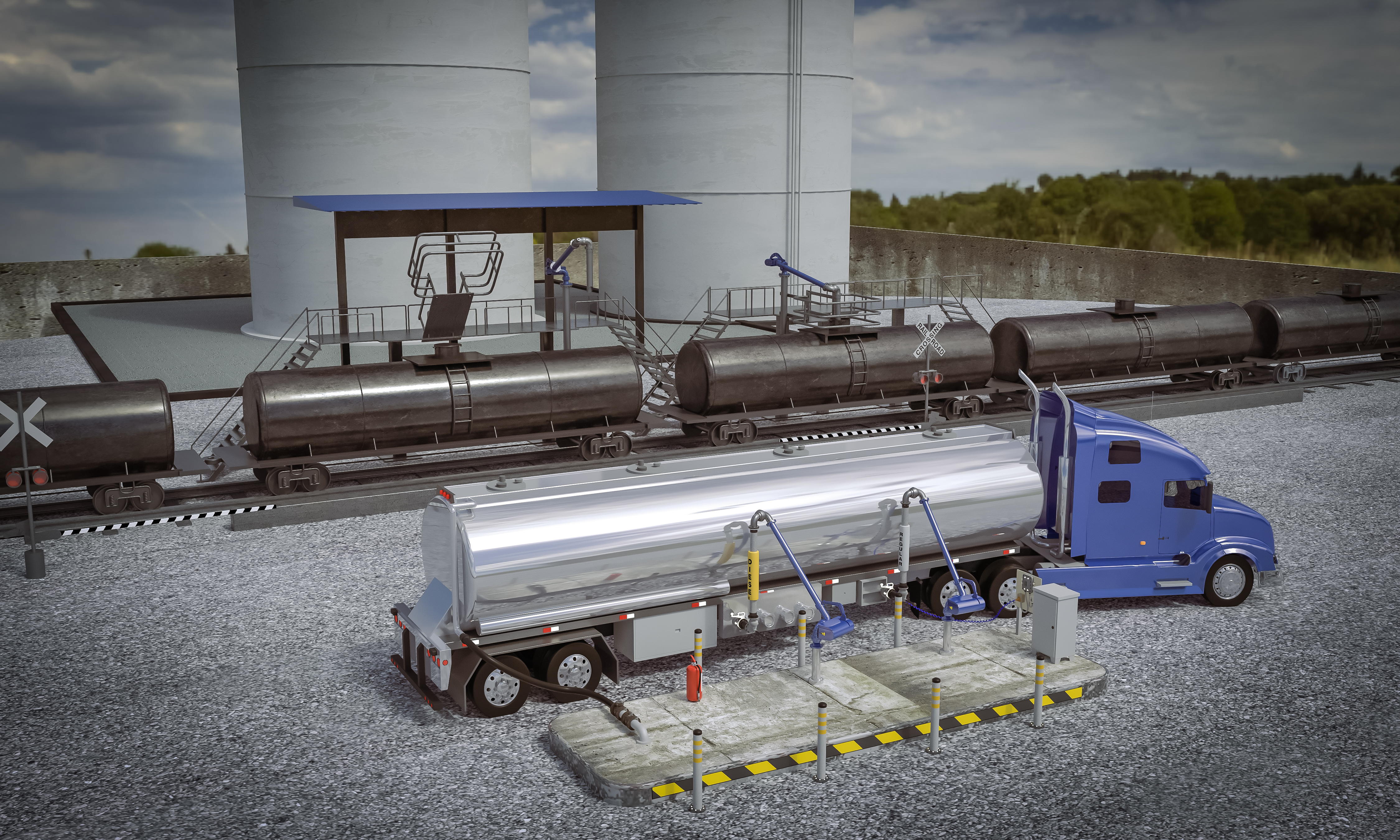
When considering the United States fueling supply chain and the challenges that lie therein, the first step is acknowledging that the rules of the game have changed: the U.S. is now one of the world’s largest exporters of motor fuels. This welcome change – following many years of the U.S. relying on significant fuel imports from foreign countries – has been driven by the hydraulic-fracturing exploration and recovery processes that have resulted in the country’s shale oil and natural gas boom. This means the supply chain is now more domestic, rather than having to satisfy the needs of an import-dominant supply system.
At the same time, the country’s motor-fuels menu has never been more complex, with between 12 and 13 million barrels of motor fuels being consumed every day in the U.S. Long gone are the days when retail fueling sites could offer a simple choice of regular or unleaded gasoline. Today, stations typically offer at least three gasoline blends, along with a diesel pump and, increasingly, an E85 nozzle – all on the same dispenser. Within those categories, the sub-menus of alternative-fuel formulations also continues to expand, with E10, E15 and E25 ethanol compositions sometimes available, along with B5, B20 and B100 biodiesel blends.
All of these fuel types converge at the distribution terminal. With the rise in domestic production, the product tanker arriving on U.S. shores has essentially been taken out of the equation (though there are, admittedly, increased opportunities on the export side), but to ensure that the domestic supply chain operates seamlessly, a number of critical production and transportation stages must continue to operate in perfect harmony.
Motor-fuel production begins at the refinery with finished petroleum-based fuels then moved to a bulk-storage terminal, either on-site or at a centralized location. Pipelines, barges and, increasingly, railcars are then used to transport the fuel to the distribution terminal. Meanwhile, the ethanol and biodiesel that must be added to the gasoline and diesel is produced at a biofuels plant, from there it is shipped to the distribution terminal via tank truck or rail. At the distribution terminal, the fuels are blended together before they are transported by tank truck to the service station.
Helping to ensure that this delicate supply chain dance can function without a hitch are two OPW-branded companies that take great pride in building equipment and solutions to support optimized fuel transport from the refinery to the forecourt:
- OPW Engineered Systems: OPW-ES is dedicated to solving difficult or complex fuel-handling challenges through its complete lines of Loading Arm Systems, Quick & Dry Disconnects, Process Products and Swivel Joints. The components in all these product families have been designed to help customers eliminate safety hazards, simplify system operation and maintenance, and increase operational efficiency throughout the fuel supply chain. These products are all produced via an in-house machining, welding, X-ray, assembly and testing process that is backed by a world-class customer support system.
- Civacon: While OPW-ES develops and manufactures equipment and systems for use throughout the distribution terminal, Civacon takes it from there, serving the fuel-transport industry. Civacon offers a complete portfolio of equipment for use in Petroleum Trailer and Petroleum Tank Truck fuel-transport applications. These product offerings run a complete range from manhole assemblies, vapor valves, emergency valves, tank-monitoring systems, overfill-detection equipment and vapor-recovery adaptors. What they all have in common is that they have been created to help ensure a safe fuel-handling experience for drivers, site personnel, motorists and the environment, while supporting fuel-delivery profitability, simplicity and accuracy for the fuel-site operator.
The domestic fuel supply chain in the U.S. has never been more robust, but the growth in fuel volumes and formulations have created challenges related to supply. OPW Engineered Systems and Civacon have recognized and responded to these challenges through the creation of equipment and systems that can help keep the country’s fuel supply chain operating effectively.